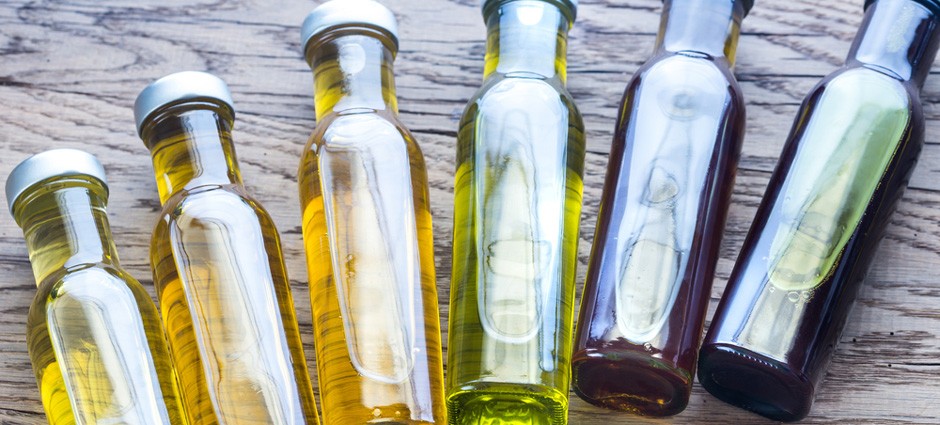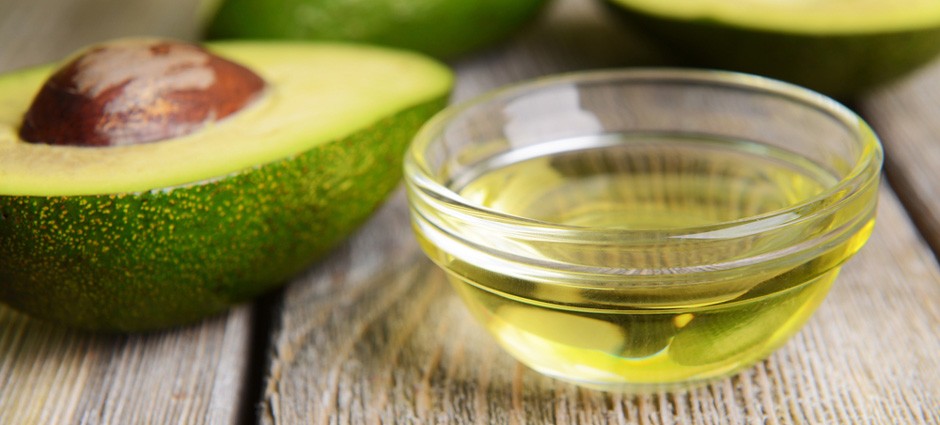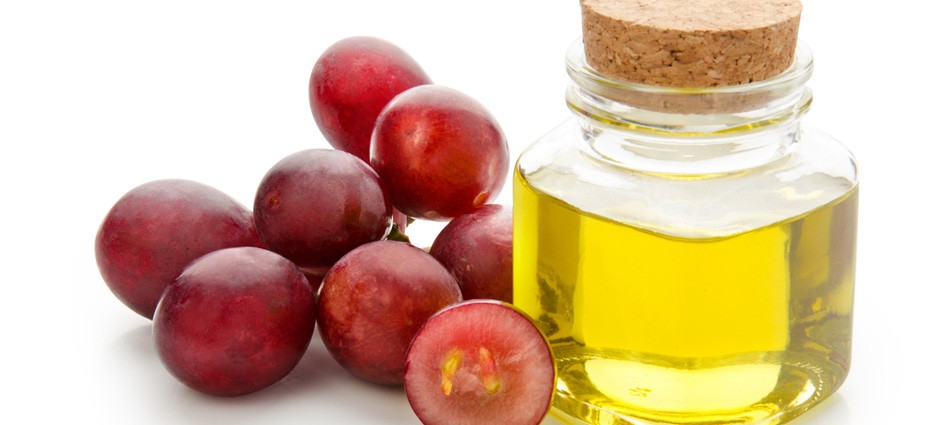Long gone are the days when choosing a cooking oil meant deciding between vegetable oil and butter. Today, the edible-oil shelves teem with variety, often leaving shoppers confused about what to buy. Use this quick primer to some of our favorite oils to discern what to look for in an oil—and which to use when. For more information about olive oil, click here.
Avocado Oil
Use for: high-heat cooking, sautéing, roasting, salad dressing
Smoke point: 480˚ to 520˚
Key nutrients: vitamin E, lutein, oleic acid (monounsaturated fats)
Keep in mind: Tends to be very expensive. Has a mild flavor.
Grapeseed Oil
Use for: high-heat cooking, sautéing, salad dressing
Smoke point: 390˚ to 420˚
Key nutrients: vitamin E (19% DV in 1 tablespoon), antioxidants
Keep in mind: Choose organic, or cold- or expeller-pressed; chemical processing creates harmful compounds called polycyclic aromatic hydrocarbons (PAHs). Also, is low in omega-3s and high in omega-6s.

Coconut oil can be substituted for butter in many baked goods.
Coconut Oil
Use for: baking, stir-frying, sautéing
Smoke point:
- 350˚ virgin
- 450˚ refined
Key nutrients: medium-chain triglycerides (MCTs), which are used for energy instead of being stored as fat.
Keep in mind: Unrefined or virgin varieties impart a coconut flavor to dishes. Solid at room temperature.

Make sure to choose a fair-trade, sustainable brand of palm oil.
Palm Oil
Use for: high-heat cooking, sautéing, roasting, baking
Smoke point: 450˚
Key nutrients: very high in vitamin A (about 400% DV in 1 tablespoon), vitamin E
Keep in mind: Has a strong flavor. Opt for red palm oil, which is derived from the red, fleshy fruit of the oil palm tree. Contains high levels of vitamins A and E. Choose Rainforest Alliance Certified or Palm Done Right products to prevent harmful deforestation. Semi-solid at room temperature.

Rich and flavorful, sesame oil is perfect for your Asian stir-fry.
Sesame Oil
Use for: stir-fries, dressings, dipping sauces, marinades
Smoke point:
- 350˚ unrefined,
- 450˚ semi-refined
Key nutrients: antioxidants, small amounts of vitamin K
Keep in mind: Has a strong, distinct flavor, usually associated with Asian cooking. Comparatively stable against oxidization.

Cooking changes the delicate flavor of walnut oil. Use raw.
Walnut Oil
Use for: salad dressings, cold sauces, smoothies
Smoke point:
- 320˚ unrefined
- 400˚ semi-refined
Key nutrients: omega-3s, antioxidants
Keep in mind: Can make food bitter when heated, best used uncooked. Tends to be expensive.

We recommend a cold-pressed high-oleic, unrefined variety of sunflower for cooking.
Sunflower Oil
Use for: salad dressings, smoothies
Smoke point:
- 225˚ unrefined;
- 440˚ refined, semi-refined
Key nutrients: high in vitamin E (29% DV (daily value) in 1 tablespoon)
Keep in mind: Mild, neutral flavor. Mostly omega-6s. Don’t use unrefined for cooking. High-oleic varieties have more monounsaturated fats.

Don’t heat your flaxseed oil. Add to your smoothie or salad for best nutritional benefit.
Flaxseed Oil
Use for: salad dressings, cold sauces, smoothies
Smoke point: 225˚
Key nutrients: omega-3s, vitamin E (12% DV in 1 tablespoon)
Keep in mind: Very short shelf life (a few weeks, even when refrigerated). Not stable when heated, best used uncooked.
What is a smoke point?
Each oil has a smoke point, the temperature at which it stops shimmering and starts to smoke. At this point, the fat starts to break down, releasing a substance called acrolein that can give food an acrid taste. It also oxidizes, creating harmful free radicals. Lower smoke point oils (under 400˚) are best suited to drizzling, dressings and lower-temperature cooking.
Buying Basics
Consider paying the extra price for oils extracted and processed without chemicals or heat, both
of which can strip them of flavor and nutrition, and oxidize them, making them harmful to your health. Words to look for on the label include: virgin or extra-virgin, unrefined, organic, cold-pressed, and expeller-pressed (uses mechanical processes that involve friction, which can introduce heat).




